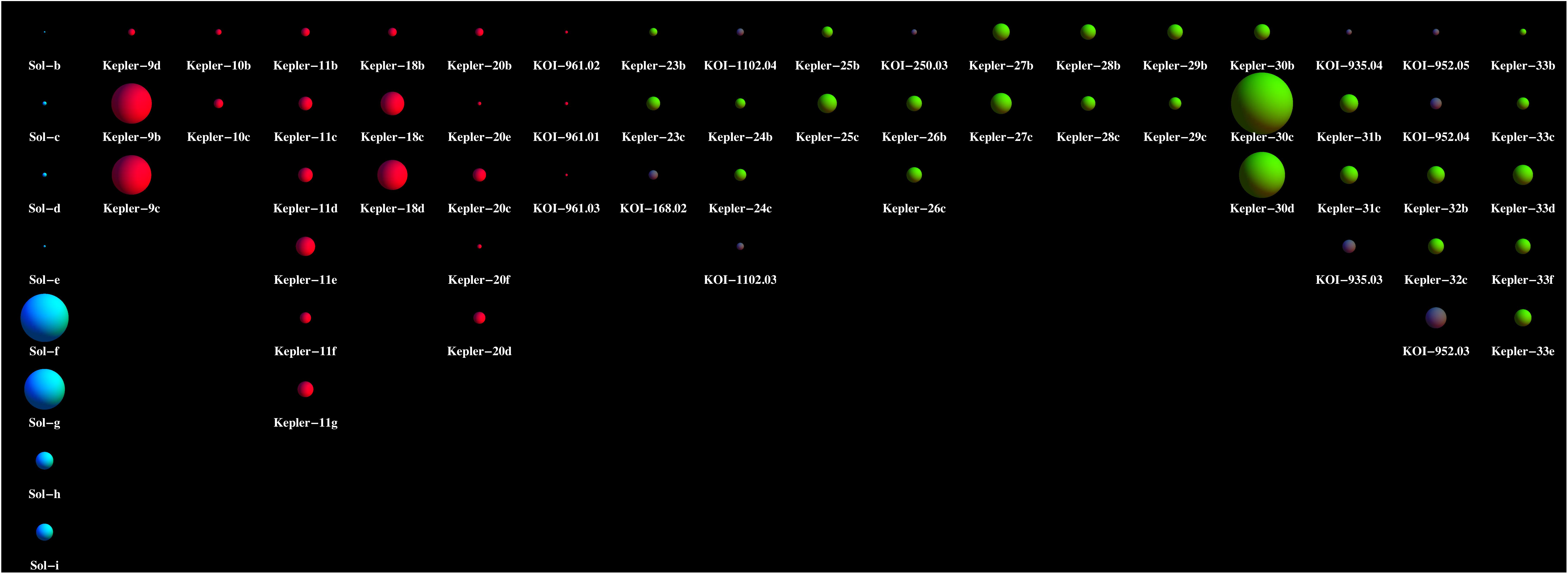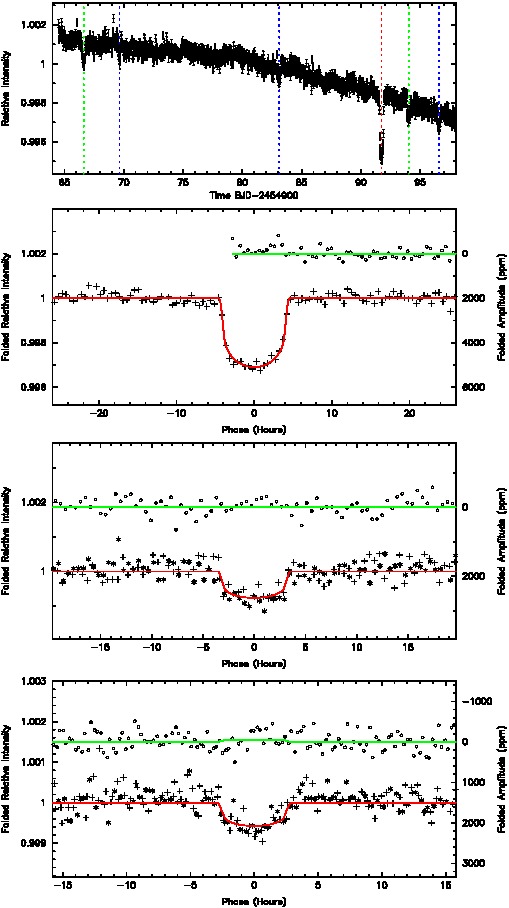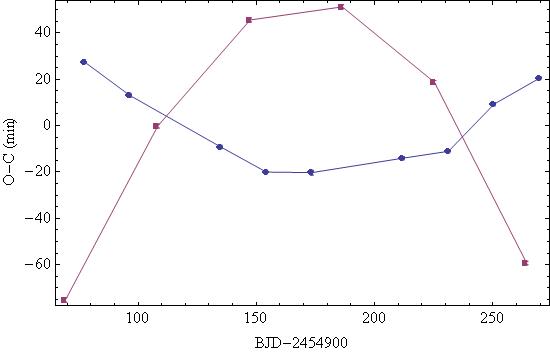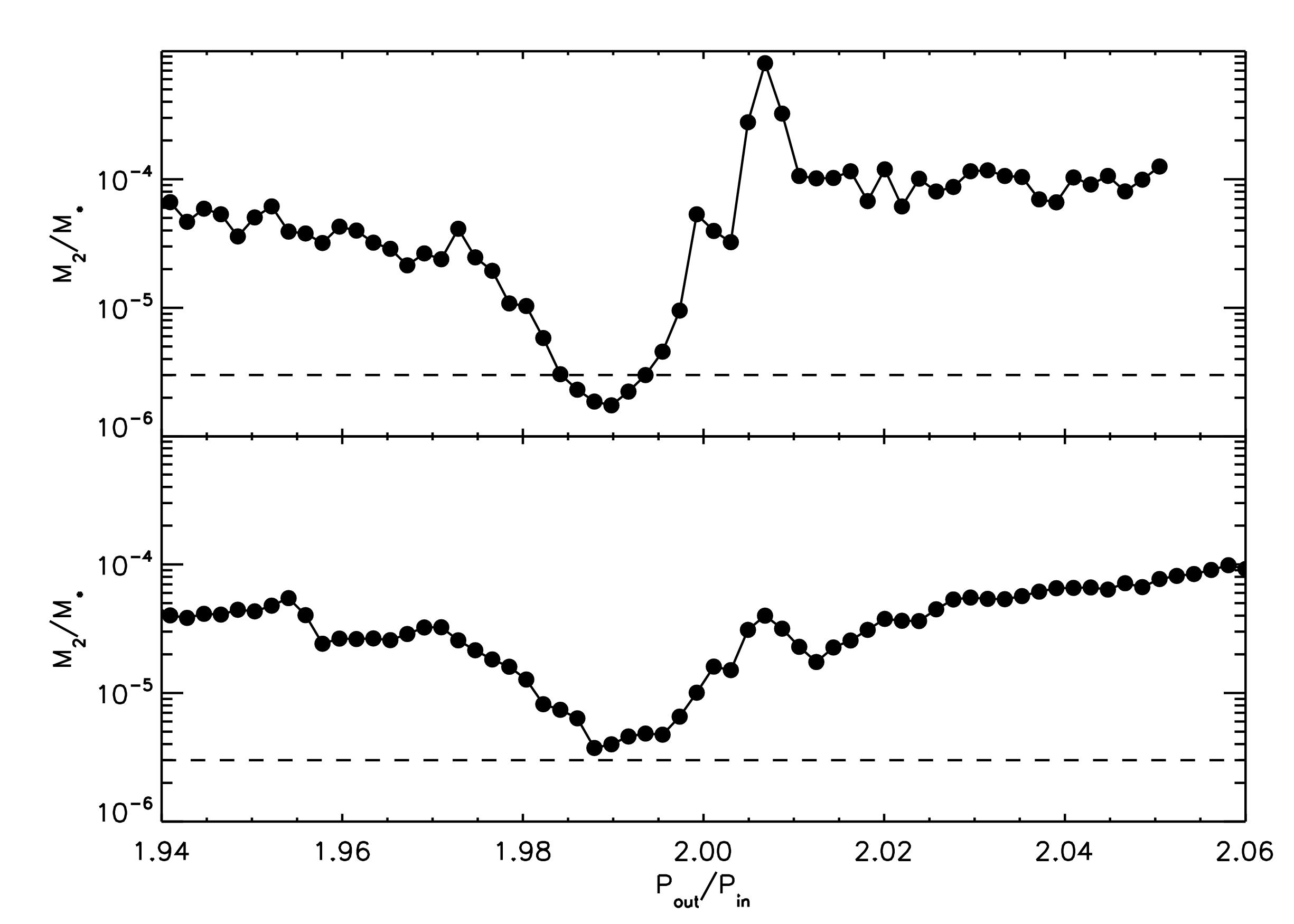Return to home page


I gave a talk at the Clark Planetarium in Salt Lake City on August 15, 2013. The talk slides are here.
My research in extrasolar planets includes studies of the long-term stability of resonant systems, the observable consequences of planet formation models, and the use of transit timing to infer the presence of secondary planets in transiting planetary systems. I helped develop this new planet detection technique (Transit Timing Variations or TTV) and was the first to apply it to transit data. In particular data for the TrES-1 and the HD 209458 systems. In those studies we showed that this technique can be sensitive to Earth-mass planets in orbit about a Sun-like star using only modest, ground-based telescopes (see below). I am also a participating scientist for NASA's Kepler mission, where I chair the working group that analyzes the transit times of the planetary systems discovered by Kepler to probe for additional, unseen planets. Our group has published several papers on multiple planet systems and, in a four month span, made the cover of both Science and Nature (with Kepler-9 and Kepler-11 respectively).
I also authored a paper with Dan Hooper on the possibility of heating a planet through the annihilations of dark matter particles in its interior.
If hot Jupiter systems are formed from migration through a gas disk, then one would expect small planets to be trapped near low-order mean-motion resonances---much like Pluto and Neptune. It turns out that Kepler's sample of hot Jupiters have no indication of small companions in nearby orbits. This implies that hot Jupiters most likely formed from scattering events or Kozai cycles instead of quiescent migration. This paper that I wrote for the Proceedings of the National Academy of Science outlines the study of 63 candidate hot Jupiter systems. A rendition of a family photograph is given below.

A trio of papers by me, Eric Ford, and Dan Fabrycky used a new, quick-and-dirty method to confirm the planet nature of several Kepler systems. This method was later used to confirm the planets shown on my main page. The picture below shows the confirmed planets in green, previously confirmed planets in red, and planet candidates in gray. The solar system is shown for scale.

Example of a system with multiple transiting exoplanet candidates. I led a paper that discussed five such systems. This one has three candidates while the others have only two. These are good candidates and it is quite likely that most or all of them are indeed exoplanets.

This shows transit timing variations in the Kepler-9 system. This is the first planetary system confirmed by transit timing variations. It made the cover of Science Magazine on October 1, 2010. A third planet was later validated in this system by excluding other explanations for a transiting candidate to a high level of confidence.

The maximum allowed mass of a secondary planet near the 2:1 resonances of the known planet HD209458b. These limits were obtained from 13 transits of this system observed by HST. The horizontal dashed lines correspond to the mass of the Earth. Work by Josh Winn and Matt Holman indicate that ground based observations with a 1.2m telescope can give better results than HST(!).

Here are some old talks that I've given on the subject.
Public Talk given at Waubonsee Community College. October 2009.
Talk given at Northwestern University. May 2007.
Poster presented at the Extreme Solar Systems conference in Santorini, Greece. June 2007. (Low resolution, the high resolution version is 21M and is available if you really want it.)
Return to home page






